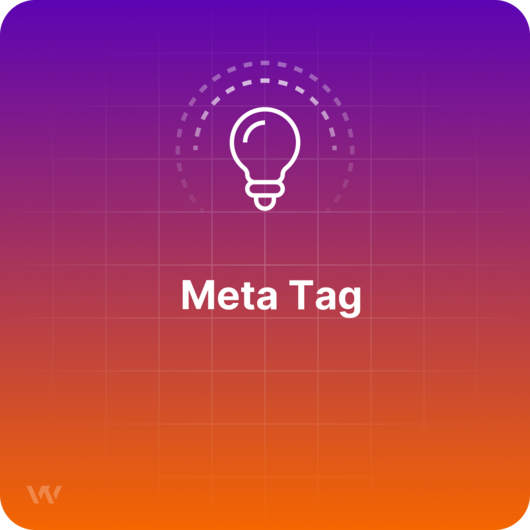Meta tag

TL;DR
There are several types of meta tags that can show up in the source code of a web-page. They are used to describe the contents of a webpage in order to make it easier for crawlers to understand it.
What meta tags are and how to use them
Meta tags are elements of website content that are used to describe a webpage. Meta tags cannot be seen by users on the webpage itself, only in the source code. The primary purpose of these tags is to help the bots that crawl the website better understand what the content is about. Also, the content for some of these tags is visible in places like Google SERP or the internet browser tab. In this regard, they can also be helpful for users, not only crawlers.
The use of meta tags is very important and it is recommended to insert relevant keywords in some of them, as they are one of the first places where search bots look for retrieving information about the webpage, enabling it to rank higher in searches for those keywords. However, using meta tags is not compulsory.
Meta tag examples
There are several types of meta tags webmasters use, but only some of them bear any relevance for search engines. The main types of meta tags are:
Title tags ( <title>) - they have the most important role, as they are very useful both for users and bots. Users can see the title tags in their open browser tabs, helping them navigate more easily when they have multiple webpages open at the same time. At the same time, having a keyword in the title tag has a lot of weight in the search algorithm. Keep in mind that these should not be longer than 72 characters and should be entirely relevant for the content of the page.
Meta descriptions (<meta name=”description” content=”....”>) - this tag allows for more characters (up to 300 is the current best practice). There is some debate about whether the keywords in the meta description are part of the Google algorithm or not, but they at the very least influence click decisions in the SERP.
Meta keywords (<meta name="keywords" content=”...”>) was a tag that was also used in the past, but it currently has zero relevance for search engines.
Other meta tags include:
<meta name="viewport" content=”...”> - this tells the browser how to adapt the website to the device screen size.
<meta name="author" content="...”> - gives credit to author(s)
<meta property="og:type" content="...”> - this one is an example of meta content for the Facebook bot, etc

